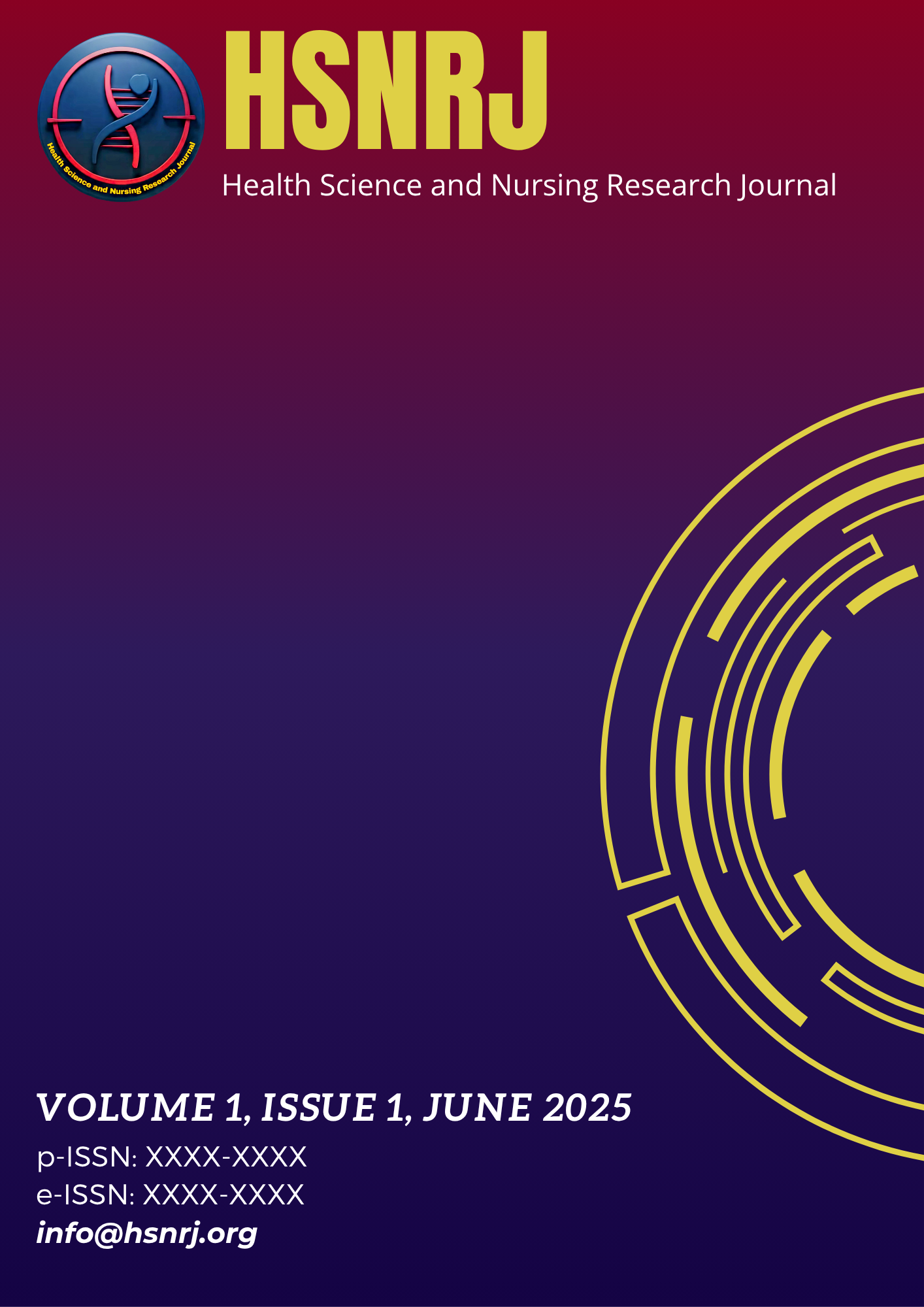Main Article Content
Abstract
The current situation of adolescents in Indonesia is very alarming. The conditions of adolescents today tend to be freer and rarely pay attention to existing moral values so that they are more free to act. Teenagers who have the nature of aggressive tendencies, have emotions that are unstable, and cannot resist the urge to lust. In adolescence, they experience a lot of influences from outside that causes adolescents to be carried away by the environment. The purpose of this study was to determine the aggressive behavior of the Dawarblandong National Vocational School students in Mojokerto. The design of this study uses descriptive. The population is all students of Dawarbandong National Vocational School totaling 632 students. The sample of students is 64 students. The sampling technique uses cluster sampling. Data is taken by filling out the questionnaire sheet and analyzed descriptively using the frequency distribution table and percentage, then the data obtained is narrated. The results showed that the majority of respondents had low aggressive behavior, namely 14 children (21.9%), moderate behavior aggressive behavior as many as 48 children (75%). Adolescence is strongly influenced by differences in individual characteristics, so adolescence is often seen changes in the form of anxiety, opposition, the desire to try things that are unknown, the desire to explore the environment, fantasyze and fantasize, and group activities. Aggressive behavior is a behavior through verbal or physical directed at the target object
Keywords
Article Details
Copyright (c) 2025 Imam Zainuri, Siti Kotijah, Lilik Ma'rifatul Azizah, Amar Akbar (Author)

This work is licensed under a Creative Commons Attribution 4.0 International License.
All peer-reviewed accepted submissions in The Open Nursing Journal meeting high research and ethical standards are published with free access to all. The funding agencies or institutes of the authors pay the Article Processing Charge (APC) to enable open-access publication. Articles are licensed under the terms of the Creative Commons Attribution 4.0 International Public License (CC-BY 4.0) (https://creativecommons.org/licenses/by/4.0/legalcode) which permits unrestricted distribution and reproduction in any medium, as long as the work is properly credited/attributed. Authors who publish in this journal retain copyright to their work. It is a condition of publication that manuscripts submitted to this journal have not been published and will not be simultaneously submitted or published elsewhere. The criteria for Open Access as stated by most of the indexing services including, but not limited to, the Directory of Open Access Journal (DOAJ).
Advantages of Open Access
- Readers can study, download, and/or print Open Access articles without paying any cost.
- Articles are immediately made available in open access mode (without embargo period).
- If a correct attribution or citation of the original publication is provided, reuse of published content is permitted without seeking permission.
The author will have the right to:
- Reproduce the article.
- Incorporate the article into one or more collective works.
- Reproduce the article as incorporated in collective works.
- Create and reproduce Derivative Works for educational purposes.

